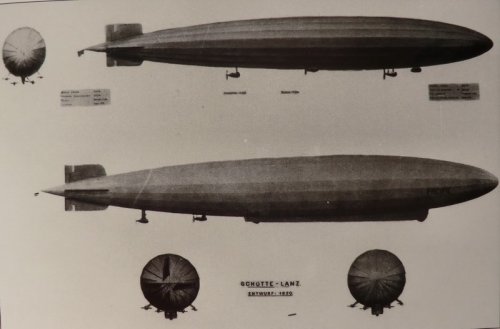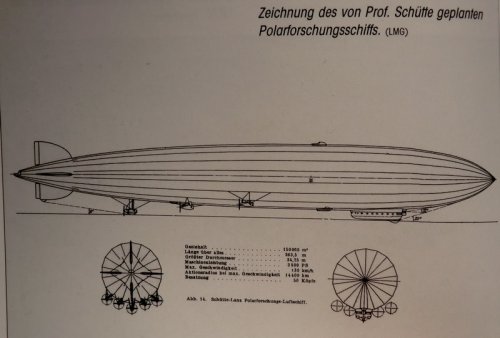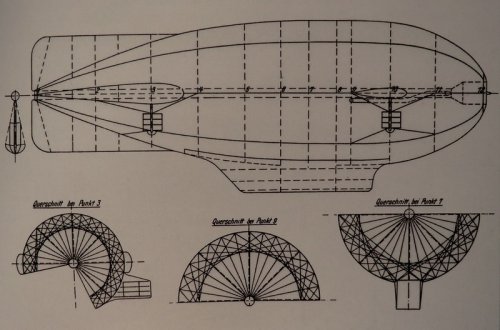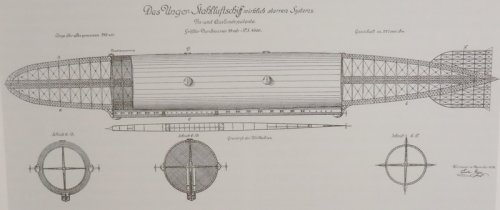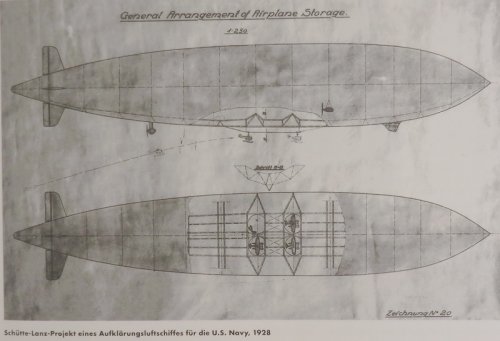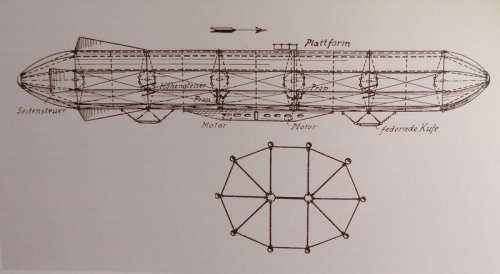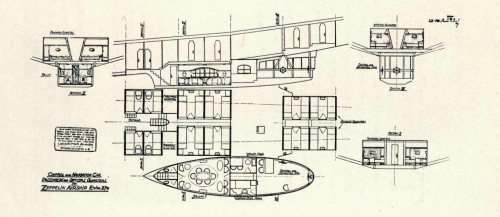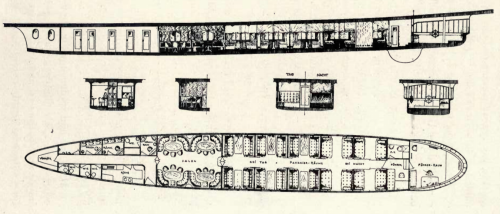- Joined
- 11 March 2006
- Messages
- 8,665
- Reaction score
- 3,524
After WW I Schütte-Lanz, led by Prof. Schütte tried to get into the civil airship business by designing
Trans-Atlantic airships. SL 101 "Atlantic" would have had a volume of 95,000 cbm, whereas SL 102
"Panamerica" would have been considerble bigger with 205,000 cbm.
Apart from the wartime airships, which had a wooden framework, these ships should have had a
framework made from aluminium tubing.
Another project was the "Polarluftschiff" (Polar Airship) , especially designed for the exploration of the
polar regions. It had a volume of 150,000 cbm and was fitted with enclosed observation stations on the
hull and in the stern. (Information and drawings from M.Griehl "Deutsche Luftschiffe")
Trans-Atlantic airships. SL 101 "Atlantic" would have had a volume of 95,000 cbm, whereas SL 102
"Panamerica" would have been considerble bigger with 205,000 cbm.
Apart from the wartime airships, which had a wooden framework, these ships should have had a
framework made from aluminium tubing.
Another project was the "Polarluftschiff" (Polar Airship) , especially designed for the exploration of the
polar regions. It had a volume of 150,000 cbm and was fitted with enclosed observation stations on the
hull and in the stern. (Information and drawings from M.Griehl "Deutsche Luftschiffe")

